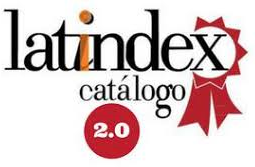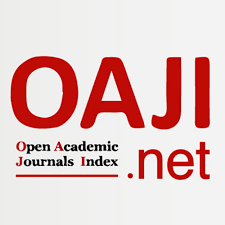Raúl Bazán Dávila, diplomático y nacionalista. Sus tesis sobre el Reino de Chile, límites y Argentina
Resumen
Personaje público, pero de cenáculos especializados, Raúl Bazán Dávila (1913-2007) fue un tipo de intelectual y diplomático que representó las tesis maximalistas acerca del Reino de Chile y que polemizó con autores argentinos y bolivianos. Sus inicios políticos habían sido en la revista nacionalista Estanquero, junto a Jorge Prat Echaurren, Jorge Berguño y Mario Barros van Buren. Fue embajador ante Brasil y más tarde se especializó en temas marítimos. Fue un defensor del régimen militar de la primera hora, aunque en 1976 se fue a retiro. Desde entonces ejerció como intelectual público en torno a perspectivas nacionalistas que le llevaron, gesto inédito, a Cancillería chilena respecto a la salida propuesta por la mediación pontificia con Argentina en 1984.Descargas
Citas
Barros, J. M. (1974). Further remarks concerning the Cartographical evidence submitted with the Counter Memorial of the Government of Chile. Ginebra Presses de l’Imprimerie Atar.
Barros, J. M. (2009). Charcas y el mar. Cuadernos de Historia, (30), 7-28.
Barros van Buren, M. (1970). Historia diplomática de Chile 1541-1938. Ariel.
Barros van Buren. M. (1997). Historia de la Revista Estanquero (1946-1954). Boletín de la Academia Chilena de la Historia, (tomo 64), 337.
Bazán, R. (1986). El Patrimonio que recibimos del Reino de Chile. Instituto del Patrimonio Territorial.
Contreras, S. (1983). El Instituto de Investigaciones del Patrimonio Territorial de Chile. Organización y funcionamiento general, en especial su administración de personal [Informe de Práctica Profesional para optar por el Título de Técnico Universitario en Administración de Personal]. Universidad de Santiago de Chile.
Díaz Nieva, J. (2018a). Ambiente anticomunista en Chile durante la presidencia de Gabriel González en A. Soto y C. Garay (eds.), Internacionalismo y Anticomunismo en tiempos de Gabriel González Videla (pp. 145-165). RIL Editores.
Díaz Nieva, J. (2018b). El nacionalismo chileno una corriente política inconexa. Revista de historia americana y argentina, 53(1), 167-202.
Fariña Vicuña, C. (2019). El pensamiento corporativo en las revistas “Estanquero” (1946-1955) y “Política y Espíritu” (1945-1975). Revista de Ciencia Política, 12(1-2), 119-142.
Ferrer Fougá, H. (1990). Proceso de conformación territorial de Chile (1536-1881): Cartapacio de mapas. Instituto de Investigaciones del Patrimonio Territorial de Chile, Universidad de Santiago de Chile.
Garay Vera, C. (2011). La imaginación territorial chilena y la apoteosis de la Armada de Chile 1888-1940. Otra mirada a los límites “naturales”. Enfoques, 9(15), 75-95.
González Madariaga, E. (1970). Nuestras relaciones con Argentina: una historia deprimente (4 volúmenes). Editorial Andrés Bello.
La fase oral del litigio Chile-Perú en La Haya. (14 de diciembre de 2012). Radio Cooperativa.cl https://cooperativa.cl/noticias/pais/relaciones-exteriores/peru/la-fase-oral-del-litigio-chile-peru-en-la-haya/2012-12-02/142641.html
Lacoste, P. (2004). La imagen del otro en las relaciones de la Argentina y Chile (1534-2000). Fondo de Cultura Económica / Instituto de Estudios Avanzados.
Muñoz, J. G., Norambuena, C., Ortega, L. y Pérez, R. (1987). La Universidad de Santiago de Chile: sobre sus orígenes y su desarrollo histórico. Universidad de Santiago de Chile.
Prego, C. (21 de enero de 2004). Cuando el rey Carlos III encargó un mapa de América del Sur y luego lo prohibió porque era demasiado preciso. Xataka. https://www.xataka.com/magnet/cuando-rey-carlos-iii-encargo-mapa-america-sur-luego-prohibio-porque-era-demasiado-preciso
Soto, A., Núñez, R. y Garay, C. (2012). Las Relaciones Chileno-Brasileñas. De la amistad sin límites al pragmatismo del gigante (1945-1964). RIL Editores.
Vázquez de Acuña, I. (1984). Don Juan de la Cruz, su mapa de América Meridional (1775) y las Fronteras del Reino de Chile. Instituto del Patrimonio Territorial, Universidad de Santiago de Chile.
Derechos de autor 2024 Cristian Eduardo Garay Vera

Esta obra está bajo licencia internacional Creative Commons Reconocimiento-NoComercial 4.0.

Historia & Guerra utiliza una licencia internacional Atribución-NoComercial 4.0 Internacional (CC BY-NC 4.0).
Usted es libre de:
- Compartir — copiar y redistribuir el material en cualquier medio o formato.
- Adaptar — remezclar, transformar y construir a partir del material.
- La licenciante no puede revocar estas libertades en tanto usted siga los términos de la licencia.
Bajo los siguientes términos:
Atribución — Usted debe dar crédito de manera adecuada, brindar un enlace a la licencia, e indicar si se han realizado cambios. Puede hacerlo en cualquier forma razonable, pero no de forma tal que sugiera que usted o su uso tienen el apoyo de la licenciante.
NoComercial — Usted no puede hacer uso del material con propósitos comerciales.
No hay restricciones adicionales — No puede aplicar términos legales ni medidas tecnológicas que restrinjan legalmente a otras a hacer cualquier uso permitido por la licencia.
Avisos:
No tiene que cumplir con la licencia para elementos del materiale en el dominio público o cuando su uso esté permitido por una excepción o limitación aplicable.
No se dan garantías. La licencia podría no darle todos los permisos que necesita para el uso que tenga previsto. Por ejemplo, otros derechos como publicidad, privacidad, o derechos morales pueden limitar la forma en que utilice el material.
El autor conserva todos los derechos de su obra sin restricciones y garantiza a Historia & Guerra el derecho de ser la primera publicación del trabajo. Asimismo, el autor podrá establecer acuerdos adicionales para la distribución no exclusiva de la versión de la obra publicada en la Revista (por ejemplo, situarlo en un repositorio institucional o publicarlo en un libro), con el reconocimiento de haber sido publicado primero en esta revista. No se permite utilizar la obra con fines comerciales.
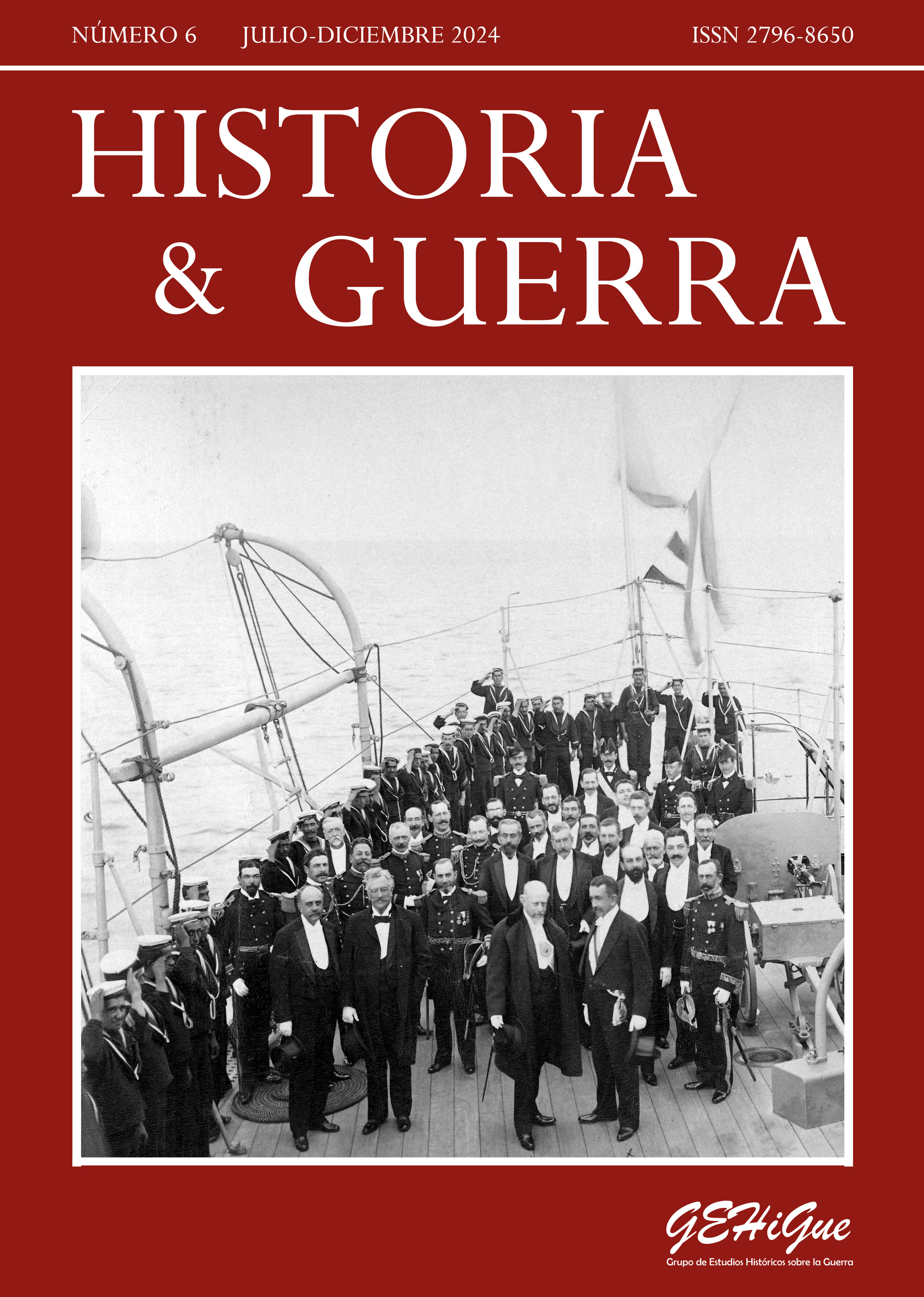

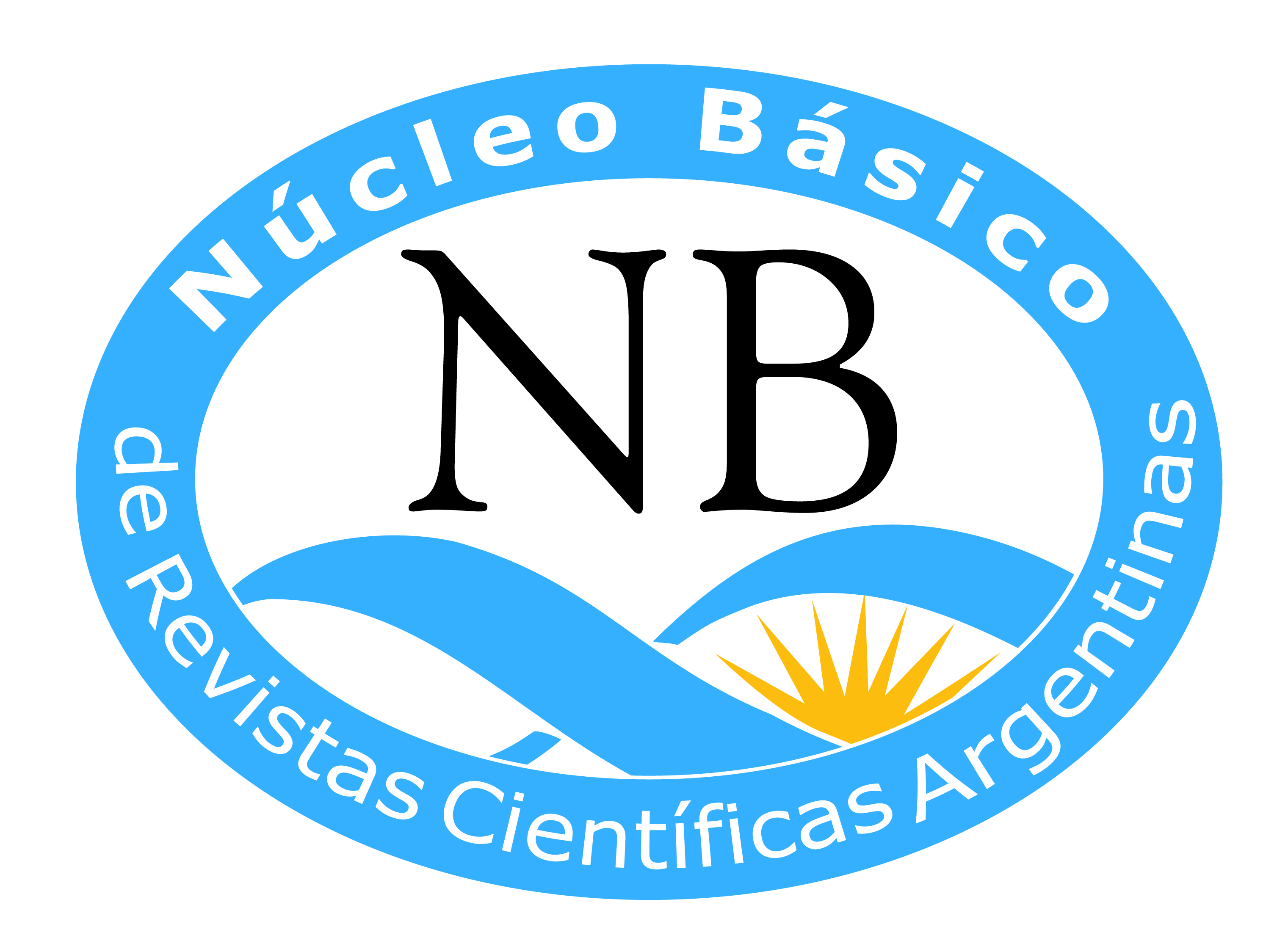




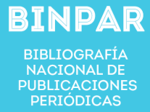






.jpg)


